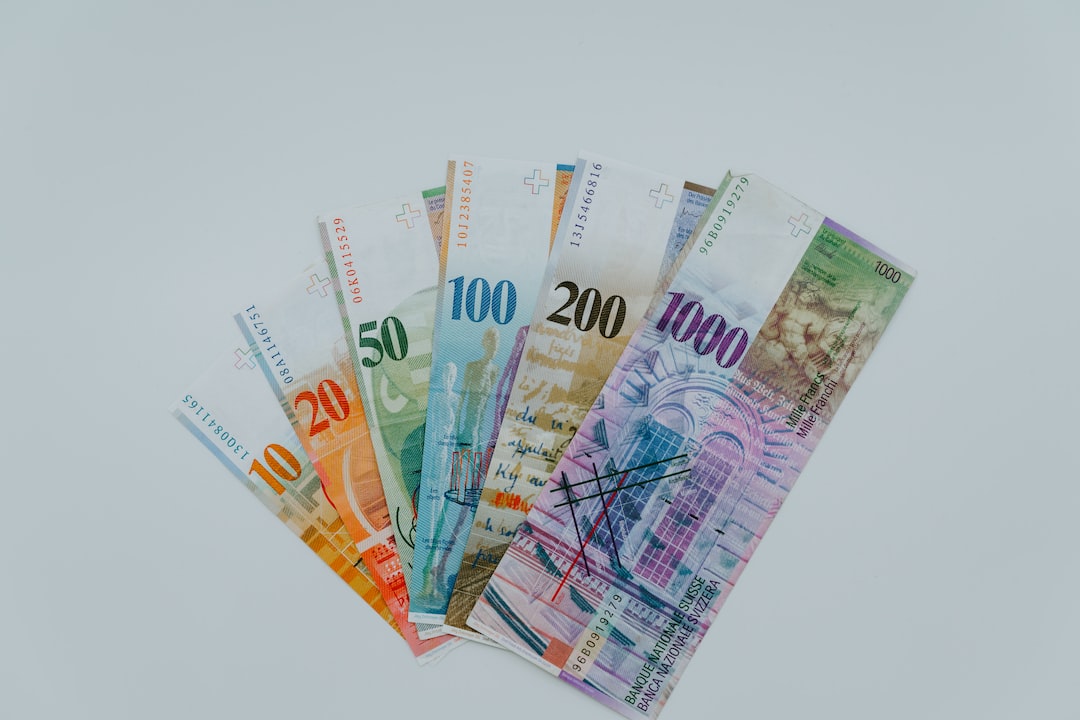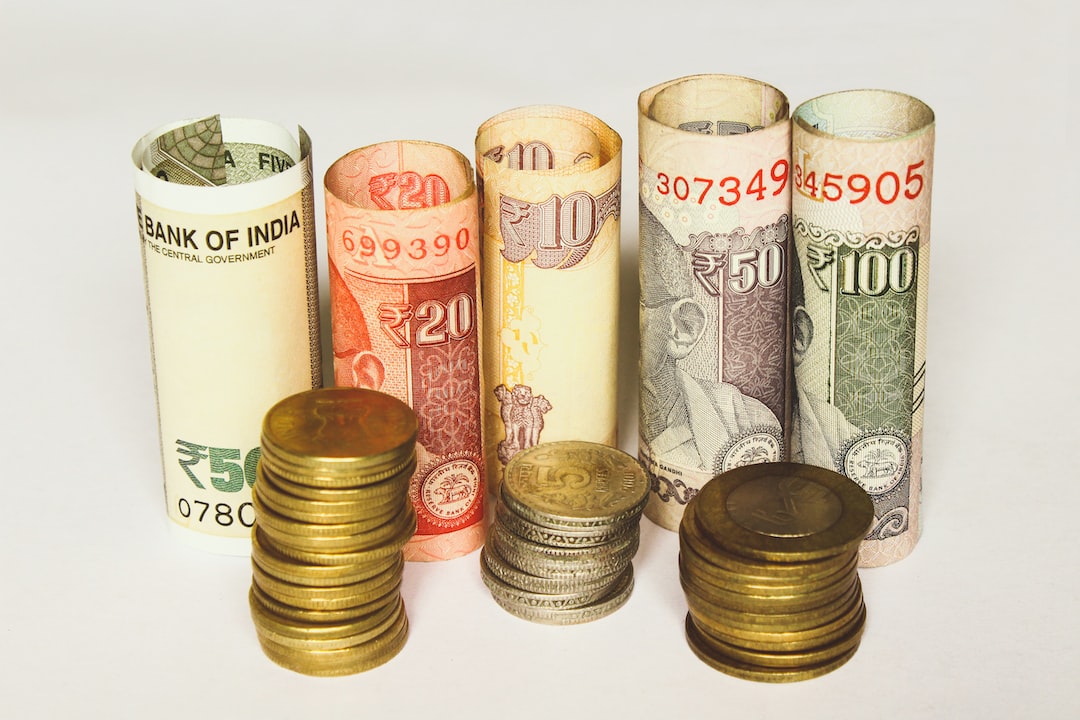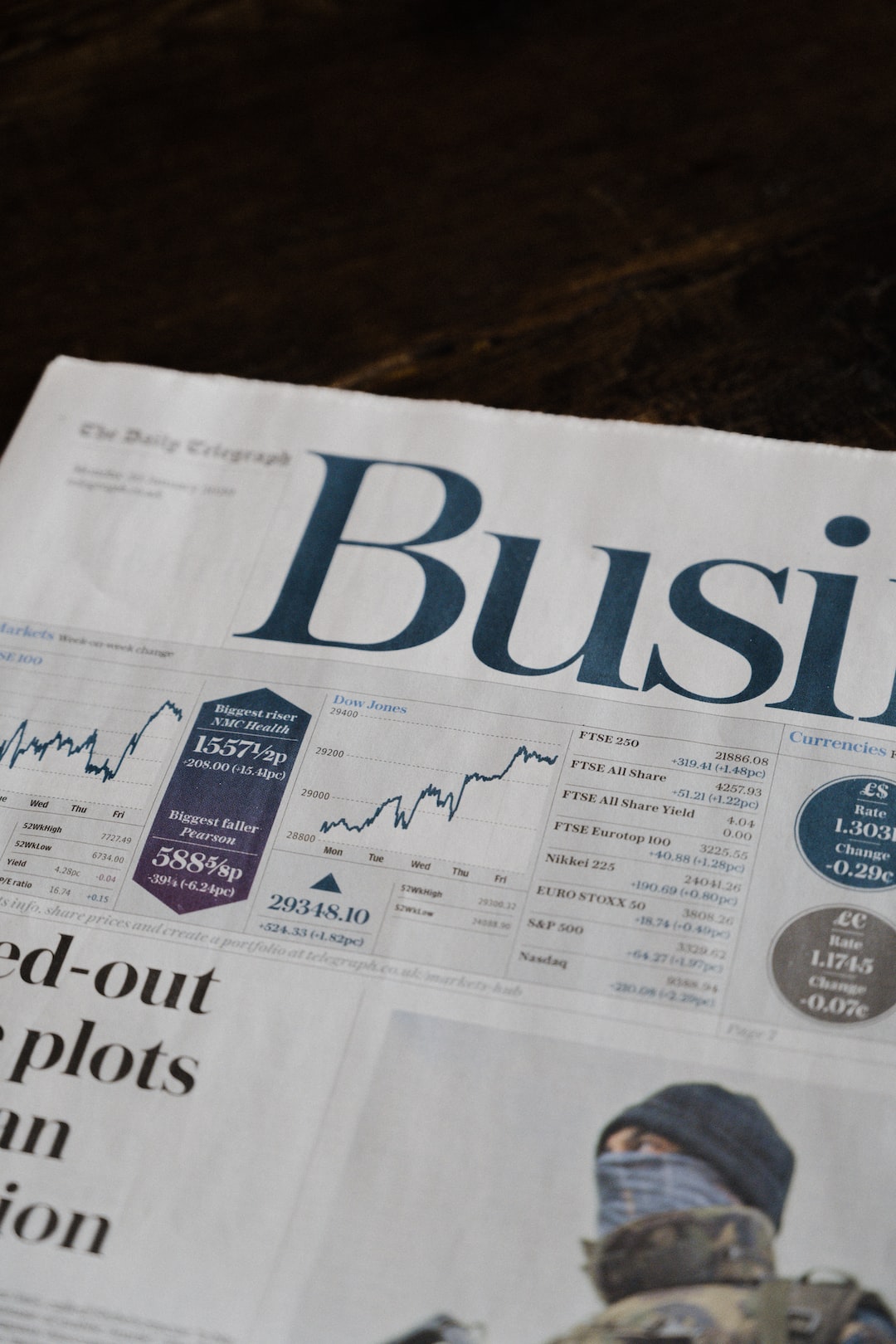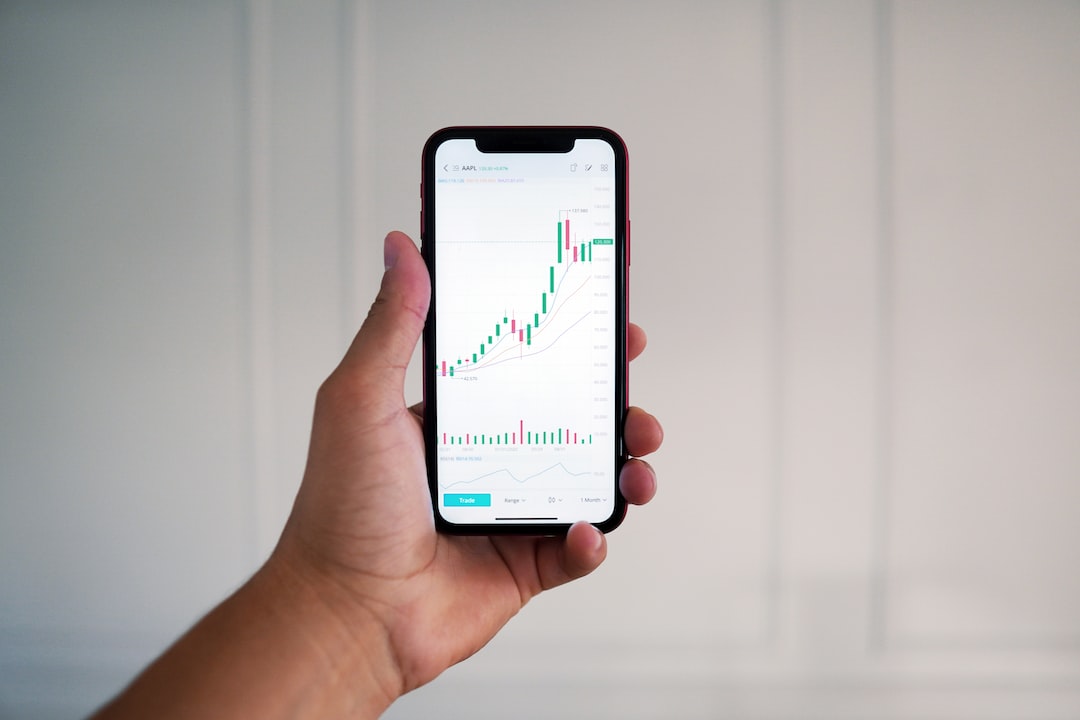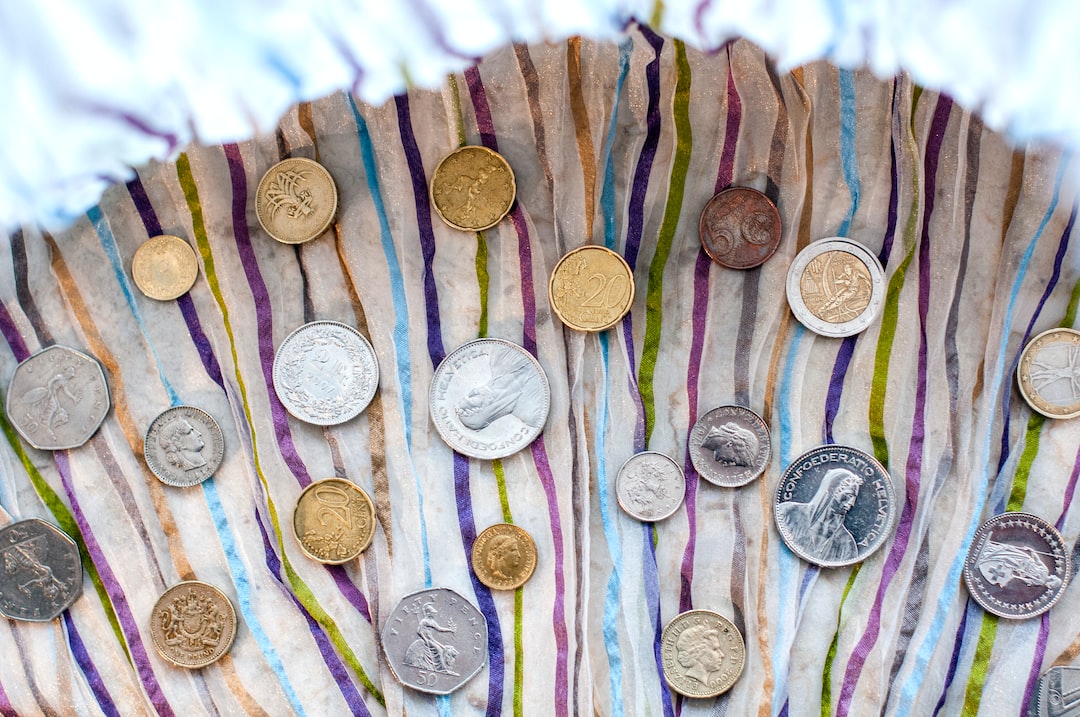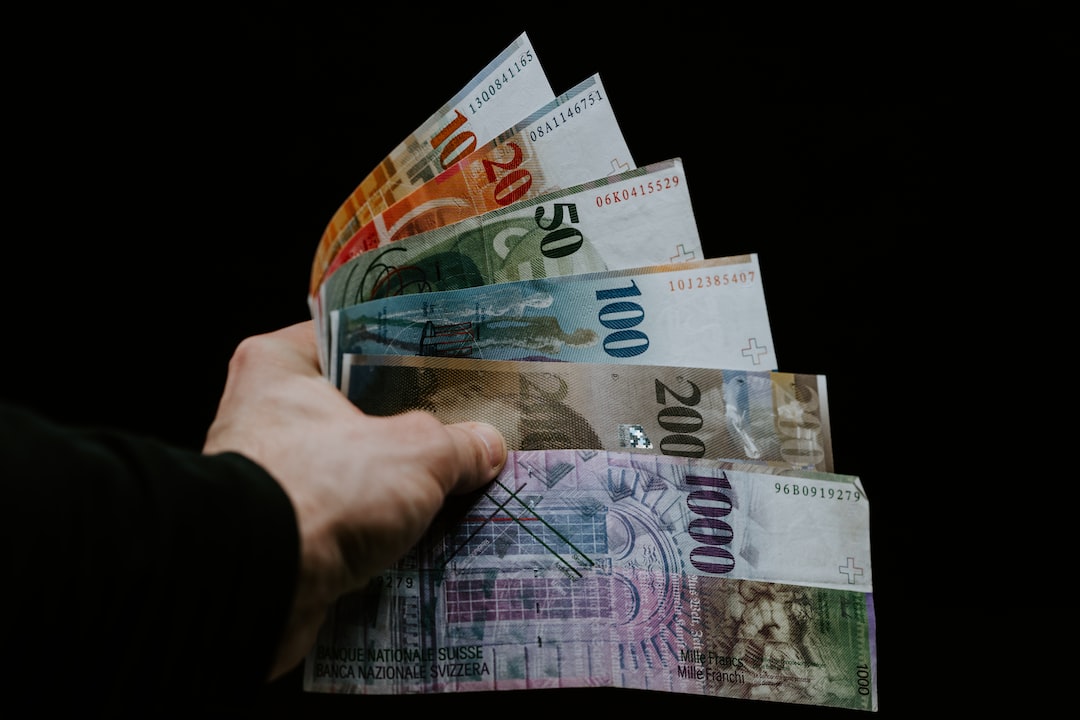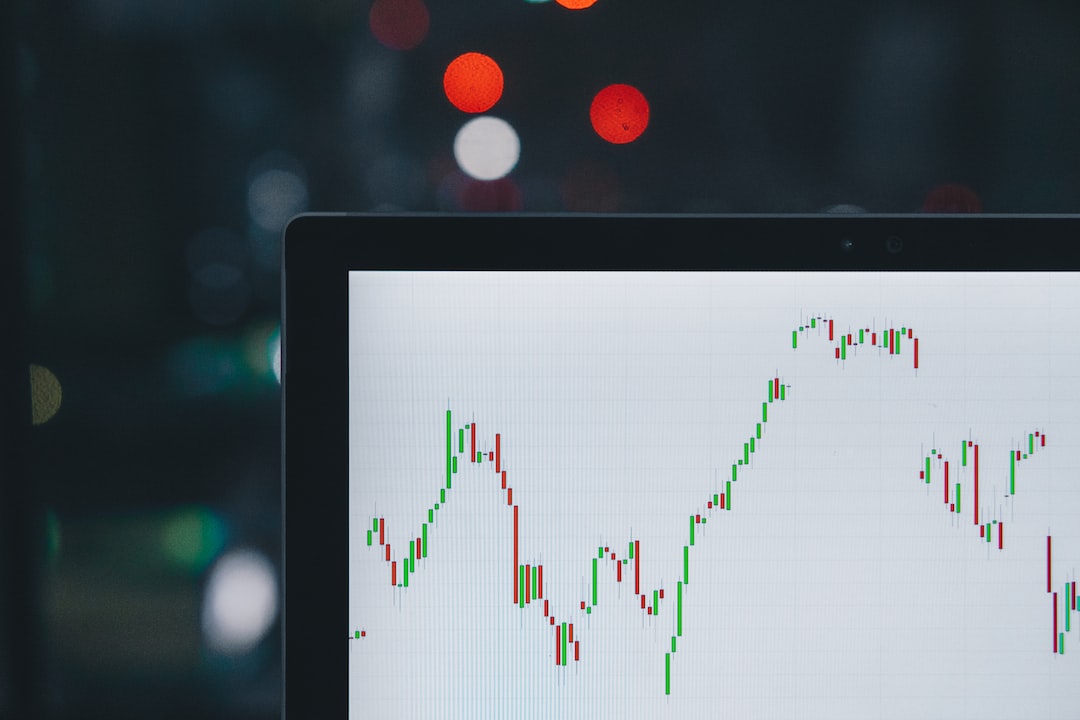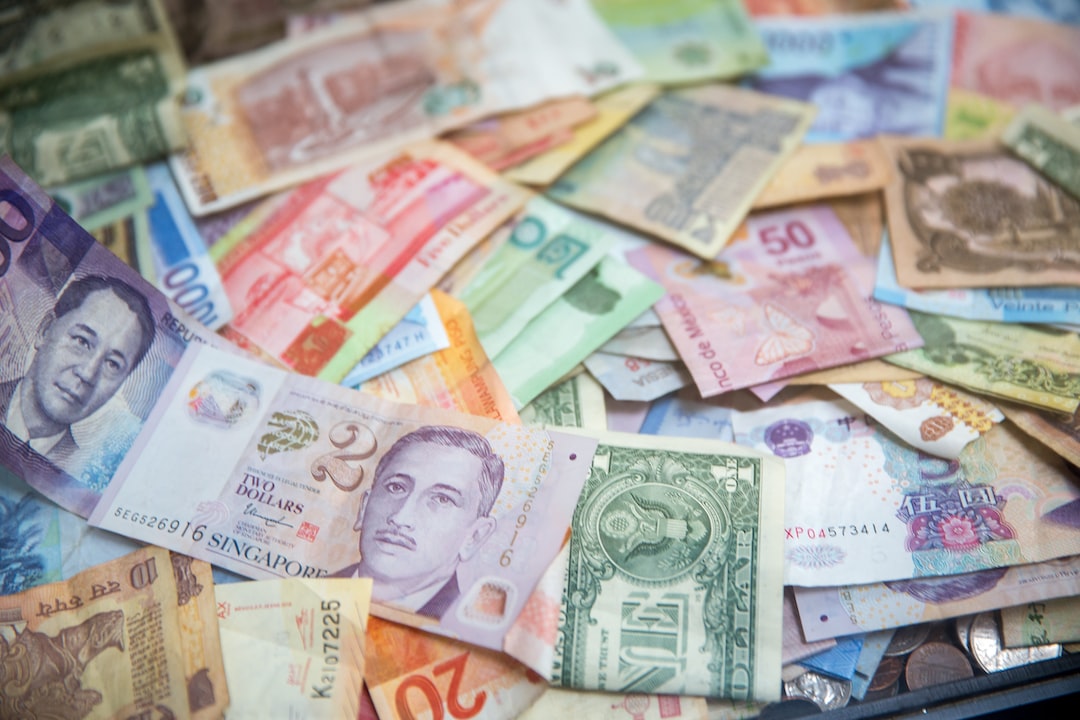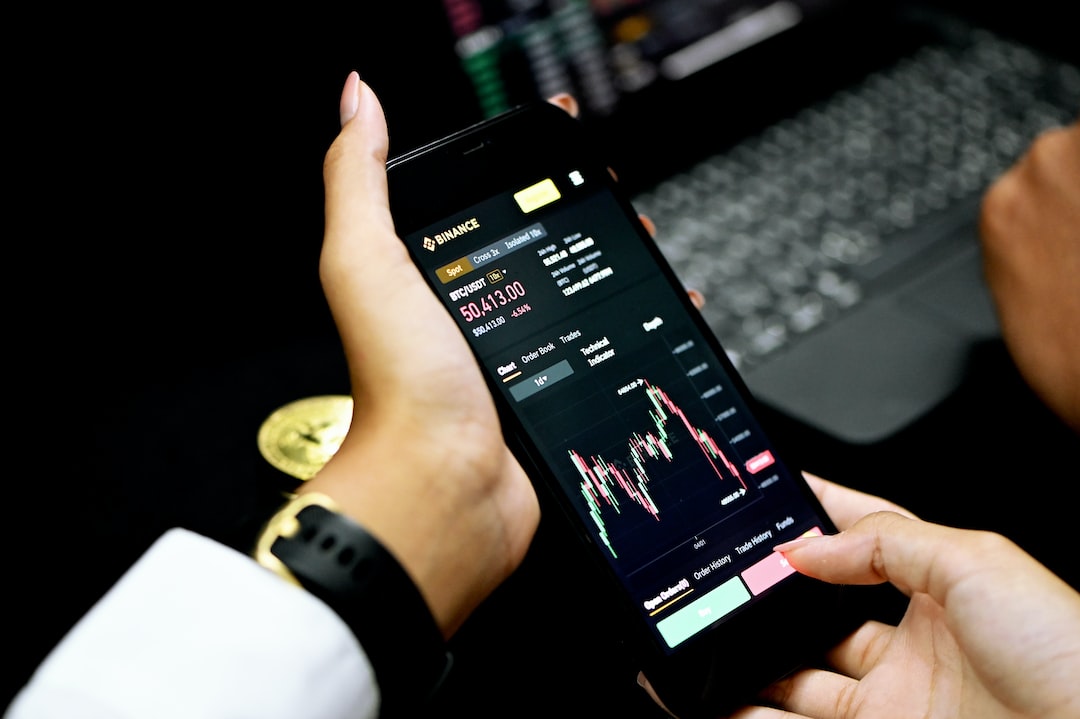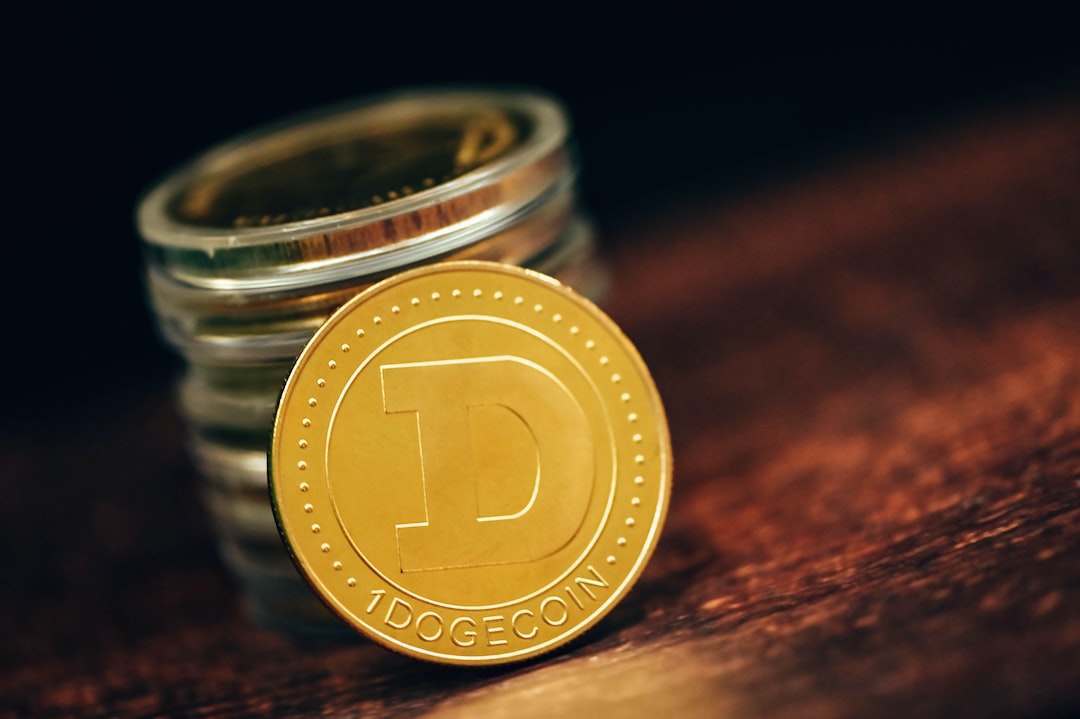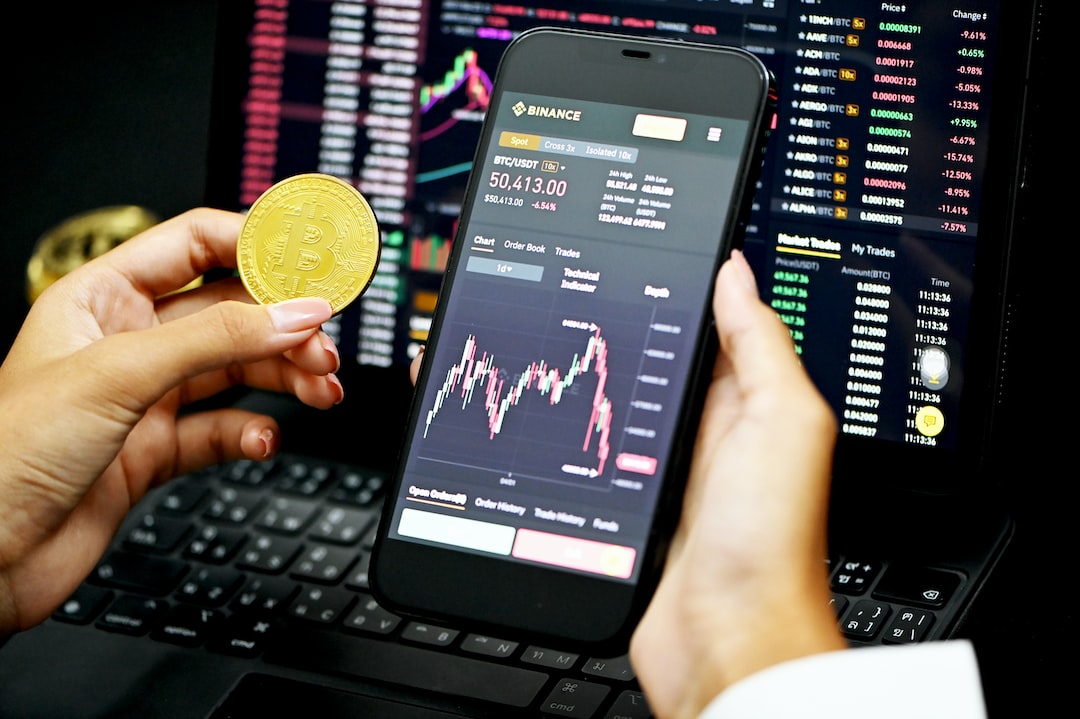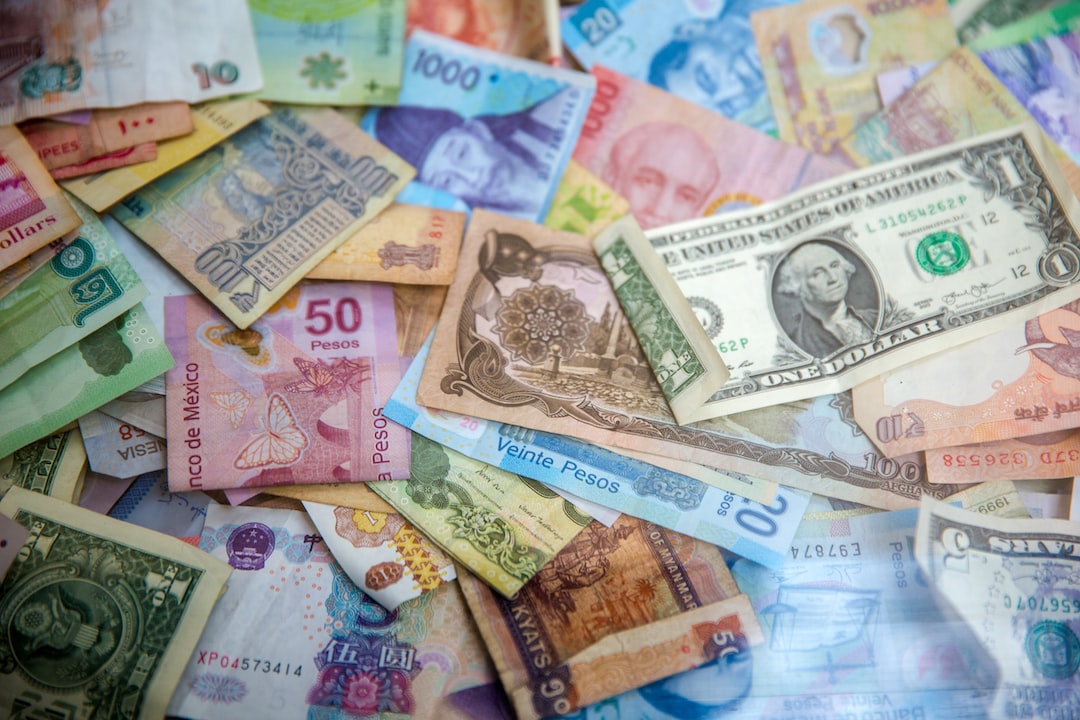In the world of forex trading, managing fees is an essential aspect of maximizing profits. In a volatile market, where price movements can be rapid and unpredictable, it becomes even more crucial to have a solid strategy for managing IG forex fees. In this article, we will discuss some tips for effectively managing fees in a volatile market.
1. Understand the Fee Structure:
Before diving into forex trading, it is important to have a clear understanding of the fee structure imposed by your broker. IG, one of the leading forex brokers, has a transparent fee structure that includes spreads, commissions, and overnight fees. Spreads are the difference between the buy and sell prices, while commissions are additional charges for executing trades. Overnight fees are applicable when holding positions overnight. By understanding these fees, traders can make informed decisions and optimize their trading strategies accordingly.
2. Choose the Right Account Type:
IG offers different account types, each with its own fee structure. Traders should carefully evaluate their trading style and objectives to select the most suitable account type. For example, active traders may benefit from the IG Raw Spread account, which offers tighter spreads but charges a commission per trade. On the other hand, casual traders who prefer wider spreads but no commissions could opt for the Standard Account. Choosing the right account type can help manage fees effectively in a volatile market.
3. Utilize Stop-Loss Orders:
In a volatile market, price movements can be swift and large, leading to unexpected losses. To mitigate these risks, traders can utilize stop-loss orders, which automatically close positions when a certain price level is reached. By setting a stop-loss order, traders can limit potential losses and avoid incurring unnecessary fees. It is essential to carefully determine the appropriate stop-loss level based on market analysis and risk tolerance.
4. Monitor and Adjust Trading Strategy:
In a volatile market, it is crucial to continuously monitor and adjust trading strategies accordingly. Traders should regularly analyze market conditions, identify trends, and adapt their approach to maximize profits while minimizing fees. By staying informed about economic events, geopolitical developments, and technical indicators, traders can make informed decisions and avoid unnecessary fees resulting from impulsive or ill-timed trades.
5. Consider Trading During Less Volatile Periods:
While volatility can present lucrative trading opportunities, it can also increase the risk of slippage and wider spreads. Traders may consider adjusting their trading schedules to avoid the most volatile periods, such as major economic announcements or political events. By trading during less volatile periods, traders can potentially reduce fees and improve overall trading conditions.
6. Keep an Eye on Overnight Fees:
In a volatile market, holding positions overnight can result in higher fees due to the increased uncertainty. Traders should carefully consider whether to keep positions open overnight or close them before the market closes. By monitoring overnight fees and factoring them into trading decisions, traders can effectively manage fees in a volatile market.
7. Regularly Review and Compare Broker Options:
Finally, traders should regularly review and compare different broker options to ensure they are getting the best fee structure for their trading needs. While IG is a reputable broker, it is always beneficial to explore other options and compare fee structures, spreads, and commissions. By doing so, traders can potentially find a broker with lower fees or more favorable conditions in a volatile market.
In conclusion, managing IG forex fees in a volatile market requires a comprehensive approach that includes understanding the fee structure, choosing the right account type, utilizing stop-loss orders, monitoring and adjusting trading strategies, considering less volatile periods, keeping an eye on overnight fees, and regularly reviewing and comparing broker options. By implementing these tips, traders can effectively navigate the challenges of a volatile market and optimize their profitability.

